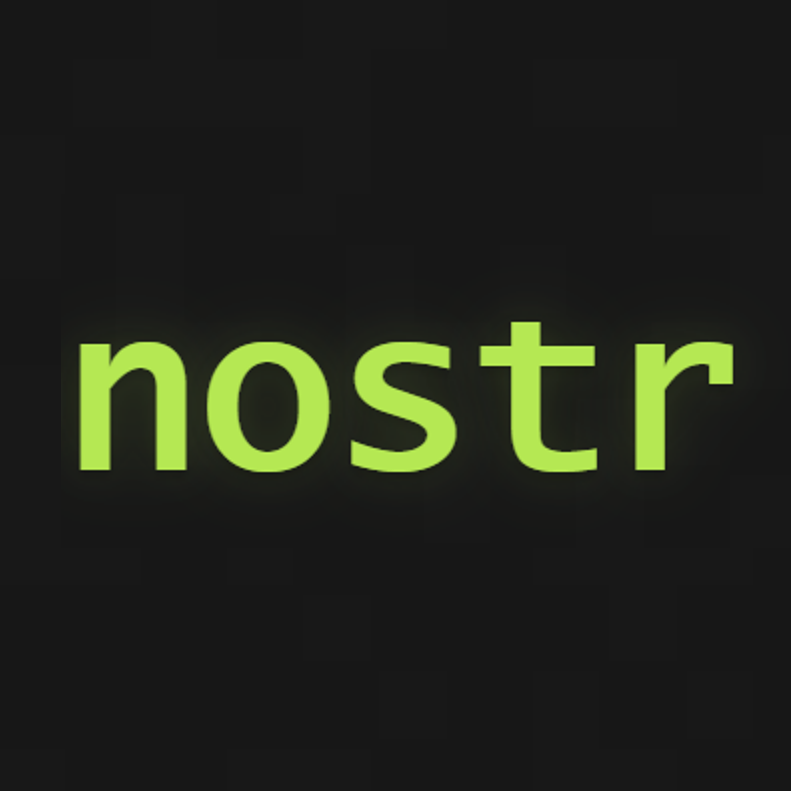How do you view the decentralized social protocol Farcaster?
Author: Haotian
How to view Paradigm's lead investment in the decentralized social protocol @farcaster_xyz? Many may have questions: 1) Is a $1 billion valuation for Series A too expensive? 2) What are the differences between it and social protocols like Nostr and Lens? 3) What is the general principle behind its underlying technical architecture? 4) What opportunities will it bring to the Social sector? Next, I will briefly share my understanding:
1) Despite the recent controversies surrounding many high FDV low liquidity tokens, there is a voice claiming that VCs have fueled the existence of such "peak upon launch" vampire projects. Without commenting on other projects, let's take Farcaster as an example: is a $1 billion valuation for a $150 million Series A round expensive? I don't think so.
Because Farcaster is not just a protocol limited to the web3 space; it has the potential to address privacy protection and data ownership issues on social platforms in Web2, especially the problem of rampant advertising information. From the perspective of Web2 valuation systems, it is not expensive at all. Most of those high FDV projects with poor real-world performance are due to a significant gap between established expectations and realized value. In my view, the expected value that Farcaster currently demonstrates can support a $1 billion VC valuation.
2) Farcaster, Nostr, and Lens are three different decentralized social network protocols. Based on my observations and analyses, I believe Farcaster is easier to implement and can capture a broader market value.
Nostr is a minimalist P2P messaging system, focusing more on the upstream communication architecture design. It has great potential for future disruptive value but lacks strong market-driven applications, thus lingering in the conceptual stage;
Lens emphasizes user data ownership and interoperability, having a deeper binding with the current blockchain framework, but it overly relies on Tokenomics incentive expectations, leading to slower development of its application ecosystem;
Farcaster adopts a decentralized identity layer (on-chain) and an interoperable application layer (off-chain). Setting aside the message storage leasing and communication incentives at the protocol layer, the first Warpcast client alone has accumulated nearly 400,000 users, indicating significant growth potential.
Nostr has captivated many developers only to leave them helpless later, while Lens has faced controversies due to the delayed implementation of Tokenomics. In contrast, the Farcaster protocol combines on-chain and off-chain environments, providing a better social Alpha platform foundation. Whether it’s the early user experience reputation or the community assets like $DEGEN gaining traction, it creates a strong expectation of "value-filled" growth.
3) The technical operational architecture of Farcaster can be simply understood as built on the OP Stack, consisting of two main parts: the on-chain protocol (ID) and the off-chain protocol (storage + communication + client):
The on-chain part mainly handles the creation, management, and storage of user identities, aiming to generate a key pair linked to the user's Ethereum address on-chain, facilitating data matching and retrieval after users transfer their clients later;
The off-chain part is divided into a backend information storage system and a frontend user interaction system:
The backend functions similarly to Nostr's Relay information storage and forwarding operation system, with many Hub nodes storing user data and distributing it across the node network;
The frontend is operated by clients like Warpcast, leveraging the innovation of Frams interactive applications, as well as mechanisms like paid registration and channel creation subscriptions to achieve healthy growth, aiming to provide users with an interaction experience comparable to Web2 social platforms.
Overall, the technical architecture framework of Farcaster is not complex; it draws on the strengths of various systems. It not only adopts the essence of Nostr's decentralized backend communication architecture but also employs the Warps points system to avoid the sustainability issues of pure Token incentives. Notably, the frontend interactive experience innovation of Frams, akin to mini-programs, particularly aligns with the preferences of the web3 user group, and the payment aspect is naturally integrated with the web3 wallet environment, making it easier to onboard high-quality user groups with payment habits.
In general, the growth expectations and potential demonstrated by Farcaster will accelerate the landing of decentralized social protocol ecosystems, and I am very optimistic about it.
Above all,
I believe Farcaster should not be classified as SocialFI; using DeSoc might be more fitting.
In the short term, Farcaster will not be under the spotlight too much because its registration threshold and paid usage experience will block most ordinary users from flowing in. However, from a long-term perspective, this will actually prevent it from falling into the short-term boom and subsequent decline cycle of SocialFI, truly attracting users with genuine social needs who care about data privacy and data ownership, making it worth continuously tracking and focusing on its development.












